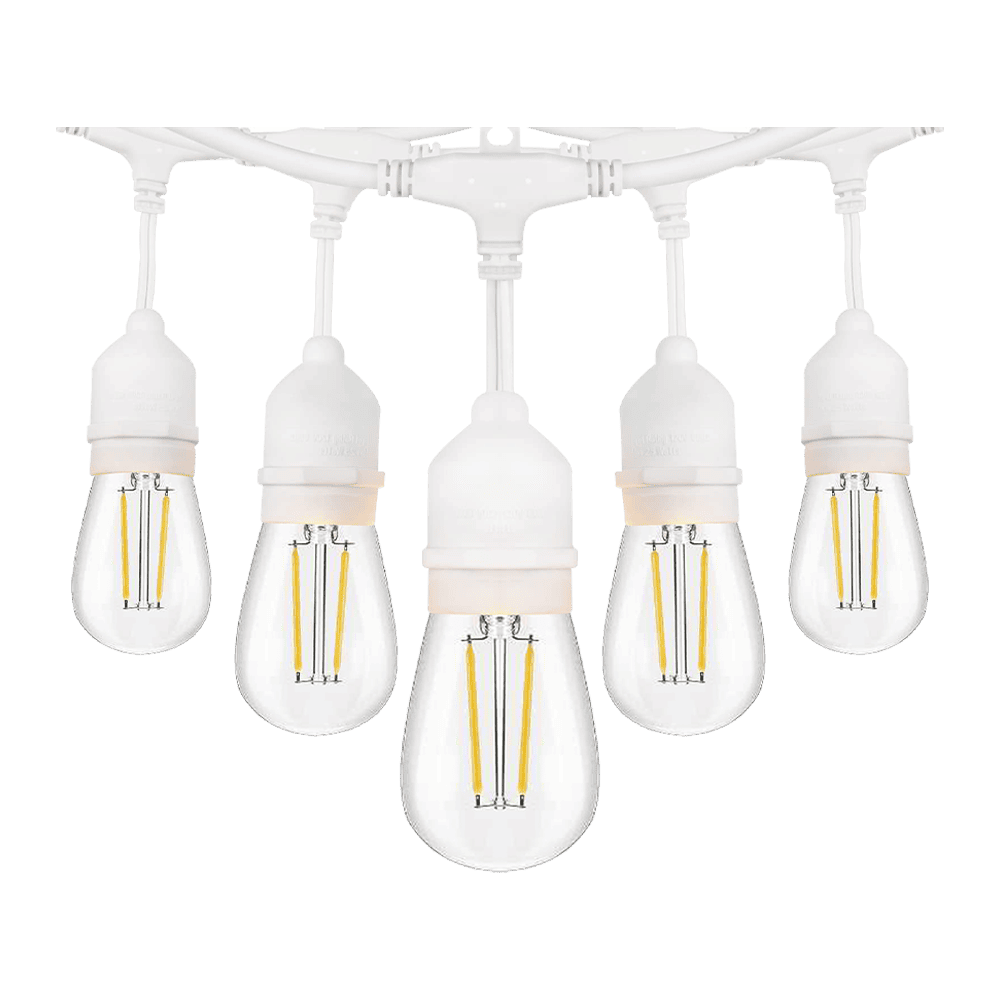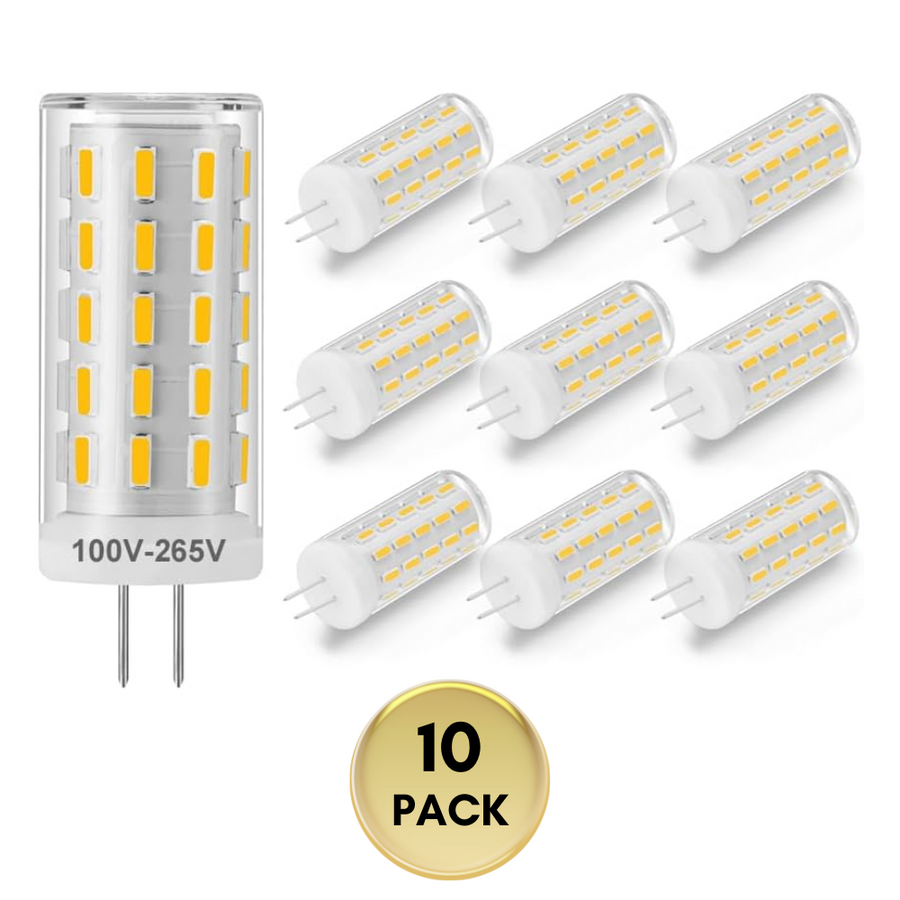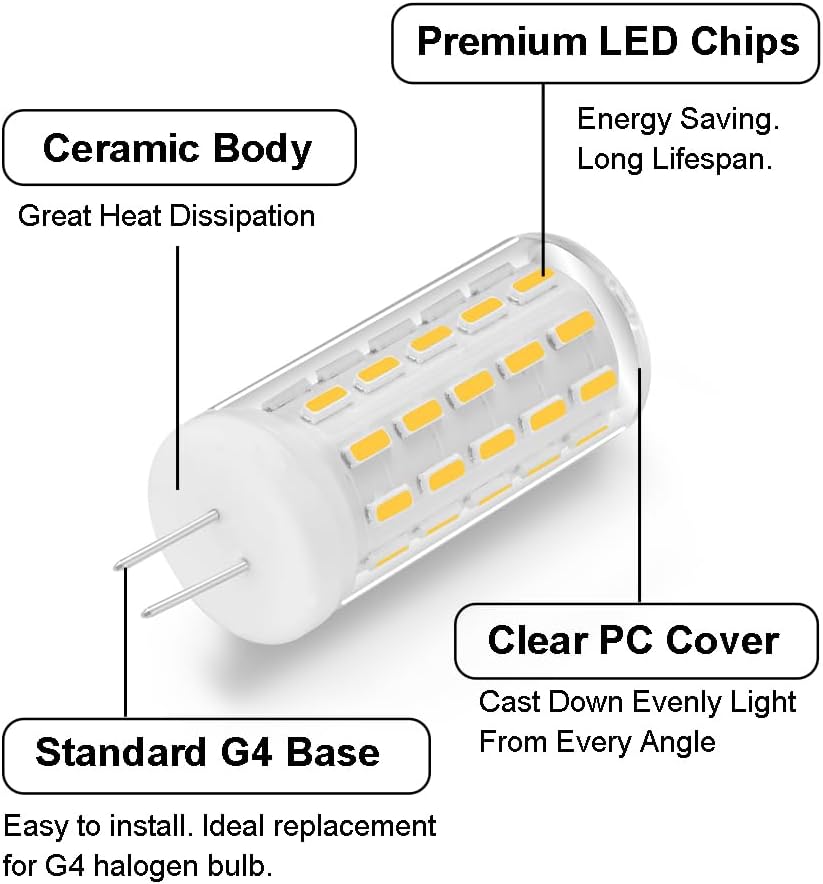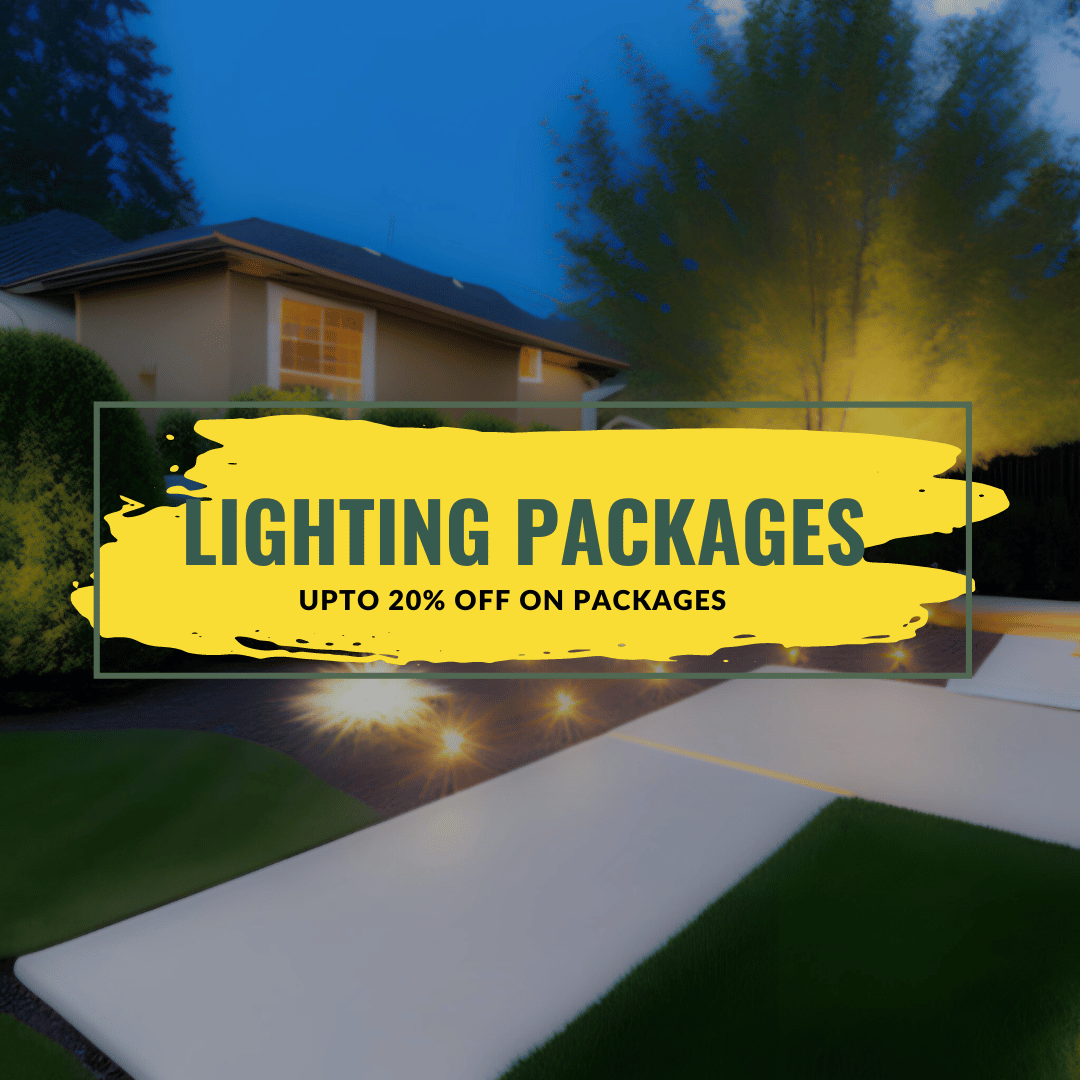Light Up Your Night: How Many Sparkly Stars Can One Powerhouse Handle?
Imagine turning your backyard into a magical oasis—a place where trees glow softly, and lights twinkle under a starry sky. But to bring this dream to life, you’ll need an unsung hero of the setup—a low-voltage transformer. While it might not be the star of the show, it ensures your lights shine safely and efficiently.
Here’s everything you need to know about low-voltage transformers and how to make the most of them for your outdoor lighting!
What is a Low-Voltage Transformer?
To put it simply, a low-voltage transformer is like a translator for your electrical system. It takes the high voltage from your home (typically 120 volts in the U.S.) and steps it down to a lower, safer voltage, usually 12 or 24 volts. This lower voltage is perfect for powering outdoor lighting while keeping things safe for everyone—including kids and pets.
How Many Lights Can One Transformer Handle?
Think of your transformer as a banquet host, deciding how much food (power) each guest (light) gets. The key to a smoothly-functioning system is knowing the "guest list" and sticking to some basic rules.
- Understand Wattage: Each light you install has a wattage, which indicates how much power it uses. Add up the wattage of all the lights you want on one transformer.
- Follow the 80% Rule: Only use 80% of your transformer's total capacity to avoid overloading it. For example, with a 100-watt transformer:
-
- 100 watts × 80% = 80 watts (usable power)
- If each light uses 2 watts, you can safely connect 40 lights.
Lights Aren’t All Equal
Not all lights have the same energy appetite. Here’s how different types impact your setup:
- LED Lights: These energy-efficient heroes use minimal wattage, letting you install more lights on a single transformer.
- Halogen Lights: They’re brighter but consume significantly more power, meaning fewer can be connected.
Tip: Always check the wattage of your lights before connecting them to your transformer to ensure a balanced and safe load.
Why Distance Matters
The further a light is from the transformer, the weaker its brightness might appear—similar to how a phone signal grows faint with distance.
- Keep Cables Short: Minimize the length of wires between your transformer and the first light for better brightness.
- Use Thicker Wires for Long Distances: If you’re lighting a larger area, thicker cables can reduce power loss over longer distances.
Scaling Up for Larger Spaces
If your garden or backyard is expansive, a single transformer might not cut it. To light a larger area effectively:
- Add Additional Transformers: For example, one transformer could cover the patio while another powers the driveway and garden beds.
- Divide the Load: This helps prevent overloading and ensures consistent brightness across your space.
A Bright Idea for Your Yard
With the right low-voltage transformer, your outdoor space can become a dazzling spectacle, bringing warmth and charm to any evening. Whether you prefer budget-friendly LED setups or a mix of halogen highlights, choosing the right transformer size and following these tips will help you build your perfect lighting system.










